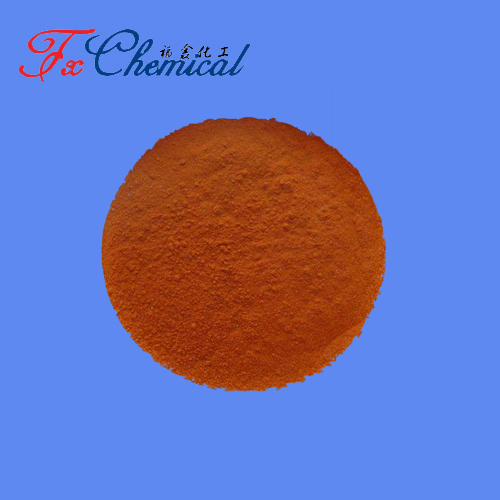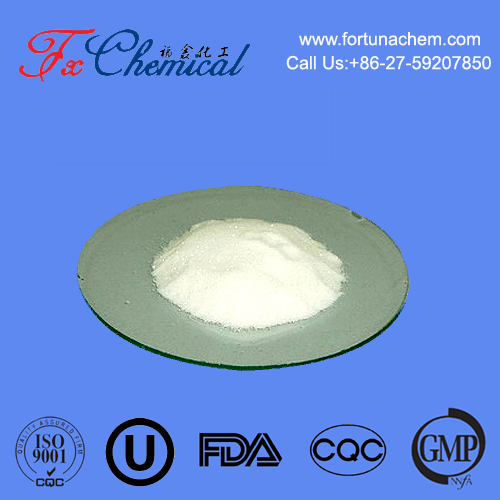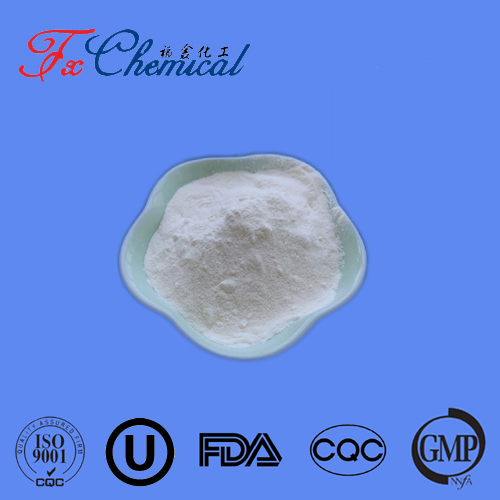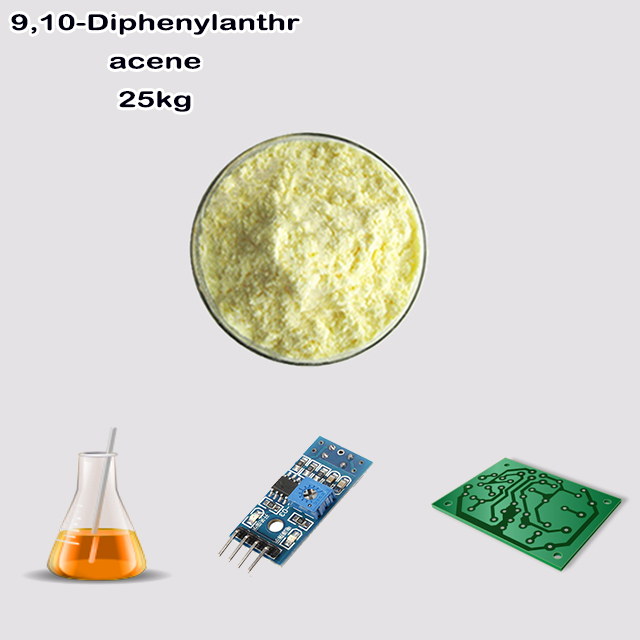
Search

Search

![China Supplier High Quality Octanoic acid, 8-[(5-chloro-2-hydroxybenzoyl)amino]- CAS 204852-67-5 wholesale China Supplier High Quality Octanoic acid, 8-[(5-chloro-2-hydroxybenzoyl)amino]- CAS 204852-67-5 for sale](/uploads/image/20251017/Octanoic_acid,_8-[(5-chloro-2-hydroxybenzoyl)amino]-主图.jpg)
![China Supplier High Quality Octanoic acid, 8-[(5-chloro-2-hydroxybenzoyl)amino]- CAS 204852-67-5 wholesale China Supplier High Quality Octanoic acid, 8-[(5-chloro-2-hydroxybenzoyl)amino]- CAS 204852-67-5 for sale](/uploads/image/20250731/nebivolol-hydrochloride-3.jpg)
![China Supplier High Quality Octanoic acid, 8-[(5-chloro-2-hydroxybenzoyl)amino]- CAS 204852-67-5 wholesale China Supplier High Quality Octanoic acid, 8-[(5-chloro-2-hydroxybenzoyl)amino]- CAS 204852-67-5 for sale](/uploads/image/20250728/ampicillin-ingredients.jpg)
![China Supplier High Quality Octanoic acid, 8-[(5-chloro-2-hydroxybenzoyl)amino]- CAS 204852-67-5 wholesale China Supplier High Quality Octanoic acid, 8-[(5-chloro-2-hydroxybenzoyl)amino]- CAS 204852-67-5 for sale](/uploads/image/20250724/Factory-Wuhan_Fortuna.jpg)
![China Supplier High Quality Octanoic acid, 8-[(5-chloro-2-hydroxybenzoyl)amino]- CAS 204852-67-5 wholesale China Supplier High Quality Octanoic acid, 8-[(5-chloro-2-hydroxybenzoyl)amino]- CAS 204852-67-5 for sale](/uploads/image/20250827/laboratory-Wuhan_Fortuna_20250827.jpg)
![China Supplier High Quality Octanoic acid, 8-[(5-chloro-2-hydroxybenzoyl)amino]- CAS 204852-67-5 wholesale China Supplier High Quality Octanoic acid, 8-[(5-chloro-2-hydroxybenzoyl)amino]- CAS 204852-67-5 for sale](/uploads/image/20251017/Octanoic_acid,_8-[(5-chloro-2-hydroxybenzoyl)amino]-主图.jpg)
![China Supplier High Quality Octanoic acid, 8-[(5-chloro-2-hydroxybenzoyl)amino]- CAS 204852-67-5 wholesale China Supplier High Quality Octanoic acid, 8-[(5-chloro-2-hydroxybenzoyl)amino]- CAS 204852-67-5 for sale](/uploads/image/20250731/nebivolol-hydrochloride-3.jpg)
![China Supplier High Quality Octanoic acid, 8-[(5-chloro-2-hydroxybenzoyl)amino]- CAS 204852-67-5 wholesale China Supplier High Quality Octanoic acid, 8-[(5-chloro-2-hydroxybenzoyl)amino]- CAS 204852-67-5 for sale](/uploads/image/20250728/ampicillin-ingredients.jpg)
![China Supplier High Quality Octanoic acid, 8-[(5-chloro-2-hydroxybenzoyl)amino]- CAS 204852-67-5 wholesale China Supplier High Quality Octanoic acid, 8-[(5-chloro-2-hydroxybenzoyl)amino]- CAS 204852-67-5 for sale](/uploads/image/20250724/Factory-Wuhan_Fortuna.jpg)
![China Supplier High Quality Octanoic acid, 8-[(5-chloro-2-hydroxybenzoyl)amino]- CAS 204852-67-5 wholesale China Supplier High Quality Octanoic acid, 8-[(5-chloro-2-hydroxybenzoyl)amino]- CAS 204852-67-5 for sale](/uploads/image/20250827/laboratory-Wuhan_Fortuna_20250827.jpg)
Octanoic acid, 8-[(5-chloro-2-hydroxybenzoyl)amino]- is the free acid form of a chlorinated analog of the absorption enhancer SNAC (Salcaprozate Sodium). The key difference is a chlorine atom on its salicylic acid ring, which increases the molecule's lipophilicity. This modification is designed to fine-tune its properties, potentially altering its efficacy, membrane interaction, and metabolic stability as a carrier for oral drug delivery. It primarily exists as a chemical intermediate or a researched variant for enhancing the absorption of poorly permeable drugs.
Items | Specifications | Results |
Appearance | Off-white powder | |
Heavy metals | No more than 20 parts per million | <20ppm |
Water content | ≤2.0% | 1.30% |
Purity | ≥98.0% | 99.3% |
Conclusion | The product conforms to the above specifications. | |
This compound is the direct chemical precursor to Salcaprozate Sodium (SNAC). The name "Octanoic acid, 8-[(5-chloro-2-hydroxybenzoyl)amino]-" describes the molecule in its free acid form.
To become the pharmaceutically used Salcaprozate Sodium, this acid undergoes a simple neutralization reaction, where the acidic proton (COOH) is removed to form a sodium salt (COO⁻ Na⁺).
The key structural features are:
Octanoic Acid Backbone: An 8-carbon fatty acid chain ("caprylic acid").
Amino Linkage: An amide bond connecting the fatty chain to the aromatic ring.
Chlorinated Salicylamide Group: A 2-hydroxybenzoyl (salicylic acid) group with a chlorine atom at the 5-position.
The presence of the chlorine atom is a critical detail that distinguishes this specific compound from the simpler "8-[(2-hydroxybenzoyl)amino]octanoic acid" (which is the free acid form of SNAC).
Synthetic Intermediate: This chlorinated compound is very likely a key intermediate in one of the synthetic pathways to produce SNAC. The chlorine atom can act as a good "leaving group" in nucleophilic substitution reactions, facilitating the formation of the final amide bond.
Potential as a Separate Enhancer: It is also possible that this specific chlorinated derivative was itself synthesized and screened as a potential absorption enhancer. Introducing a chlorine atom increases the molecule's lipophilicity (fat-solubility) and can significantly alter its electronic properties, which in turn can affect its:
Potency: How effective it is at enhancing absorption.
Toxicity Profile: Its potential for causing membrane damage.
Metabolic Stability: How quickly the body breaks it down.
Pharmaceutical chemists often create such "libraries" of related compounds (e.g., with halogens like chlorine at different positions) to optimize the balance between efficacy and safety.
If evaluated as an active compound, its function would be identical in principle to SNAC: an oral absorption enhancer.
Its amphiphilic structure allows it to:
Buffer Locally: The acidic proton and the phenolic OH group contribute to a local pH-raising effect in the stomach.
Interact with Membranes: The chlorinated aromatic ring and the fatty acid chain allow it to embed into and transiently alter the phospholipid membranes of the stomach's epithelial cells.
Facilitate Drug Transport: This interaction creates a temporary pathway for large, poorly absorbed drugs (like peptides) to cross the gut barrier.
The chlorine atom would make this molecule more lipophilic than the non-chlorinated version, potentially leading to stronger membrane interaction but also a different safety and metabolic profile.
In short, Octanoic acid, 8-[(5-chloro-2-hydroxybenzoyl)amino]- is best understood as:
A Chemical Precursor: The free acid form of a chlorinated analog of SNAC, likely used in its synthesis.
A Structural Variant: A specific molecular variant within the class of salicylamide-based absorption enhancers, where the added chlorine atom is a key modification to fine-tune the molecule's properties for drug delivery.
A Tool for Research: It represents the kind of structural exploration medicinal chemists undertake to develop effective and safe excipients, highlighting that even helper molecules like absorption enhancers are highly engineered.
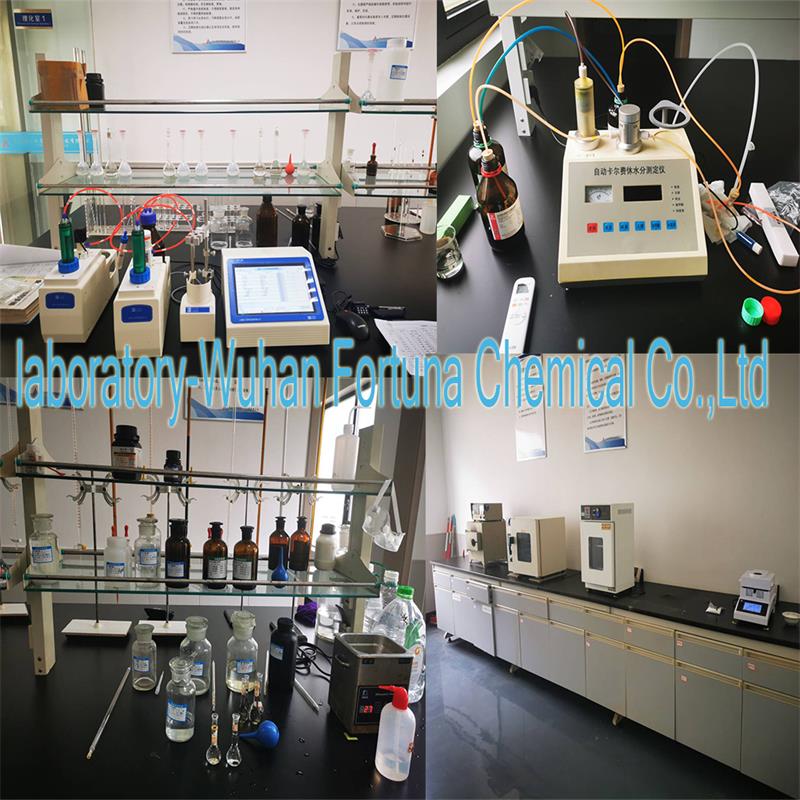
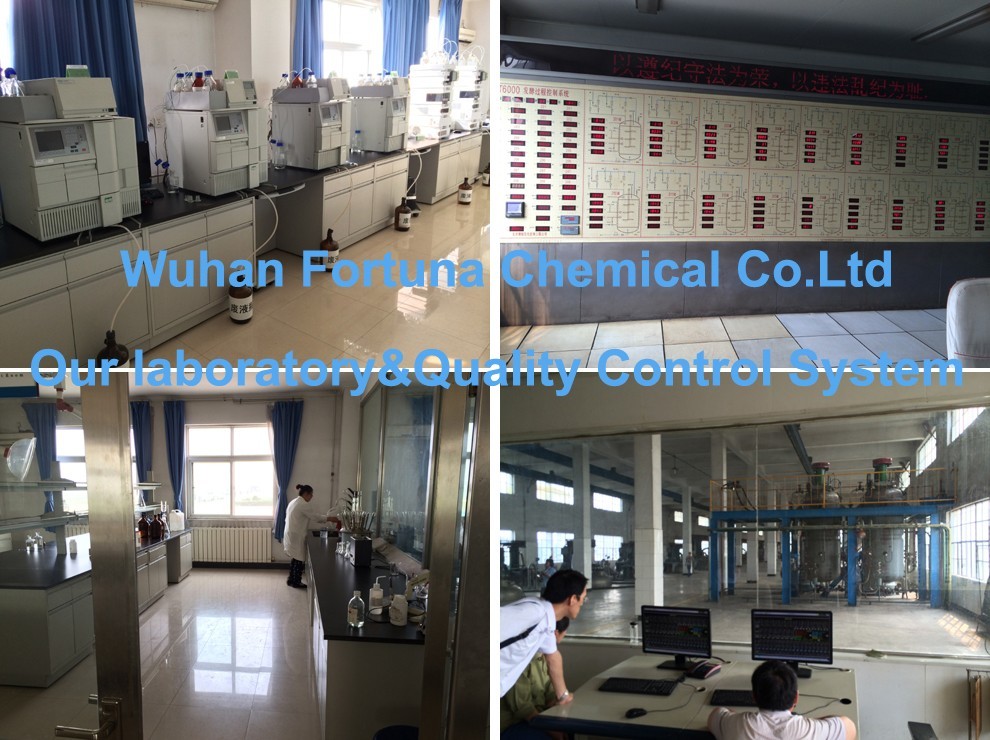
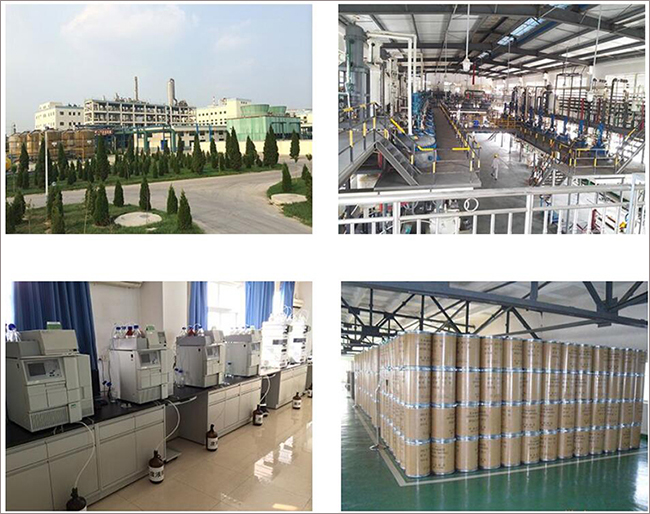

Fortunachem Provides Not Only Professional Chemical Products But Also Professional Help
Keeping you up-to-date with all the latest information, news, and events about Fortunachem!

Quick Links
Add:
E-mail:
 English
English  Español
Español  français
français  العربية
العربية 